Fiber Optics – The Golden Threads of CDOT Operations
CDOT manages Colorado’s largest digital infrastructure
Imagine Colorado's sprawling highways as arteries, pulsing with information instead of blood. Traffic lights blink intelligently, adjusting to the ebb and flow of traffic volume throughout the day. Weather monitoring devices predict avalanches before they close roads, and snowplows move across asphalt knowing exactly where the slickest ice hides. This is the magic of CDOT's fiber optic network — the golden threads that silently weave a smarter, safer future for our transportation system.
When you think of CDOT, your first thought probably isn’t that it’s a technology powerhouse.
CDOT manages the largest fiber optic network of any department of transportation in the U.S. — 1,600 miles and 8,000 devices to be exact. So, what does fiber have to do with CDOT? A lot, actually. Fiber is crucial for monitoring state highways, speeding critical incident response and informing the public about roadway conditions and closures.
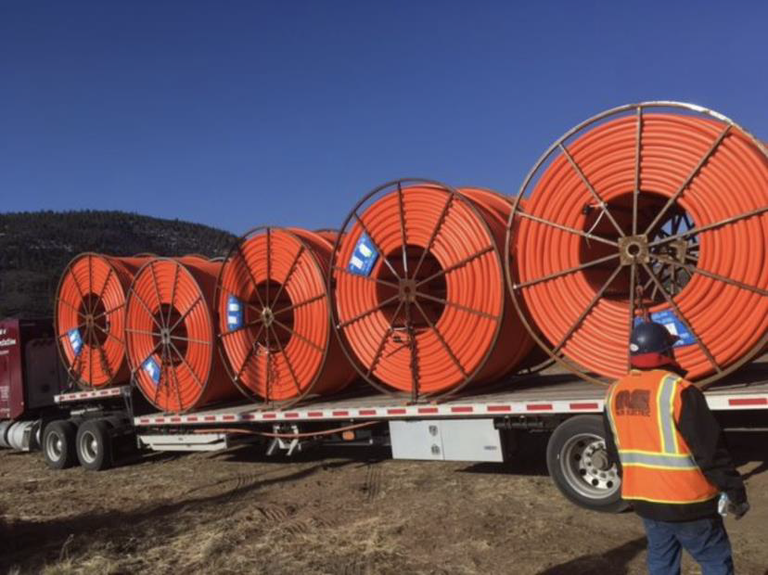
CDOT fiber enables smarter roadways and faster response when things go wrong.
When a crash unfolds on I-25, information travels to the CDOT operations center, triggering the dispatch of emergency vehicles and providing instant updates on the big Variable Message Signs (VMS) for drivers miles behind. The entire process is facilitated by CDOT's extensive fiber optics network. When a rockslide disrupts Glenwood Canyon, information travels through the network to swiftly alert travelers and first responders — and it enables the rapid deployment of maintenance crews. The communication between cameras, sensors and smart roadside devices powered by CDOT's fiber optics network ensures the immediate transmission of information, keeping travelers both safe and well-informed. Collaborations with partners like Google further amplify this communication across regions.
Fiber enables smart roadways
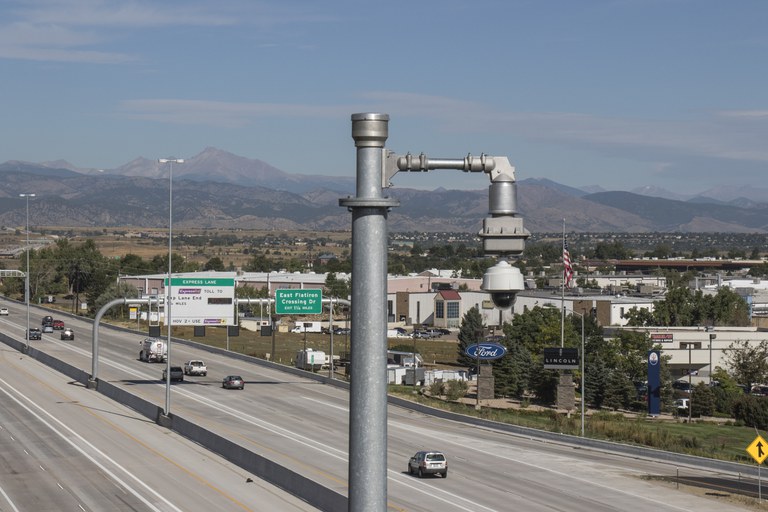
CDOT’s approach to technology involves strategically leveraging these innovations to work smarter, not harder. One example is the variable speed limit signs on I-70, which automatically adapt to traffic volume, weather conditions and known hazards — all seamlessly facilitated through, you guessed it, the fiber optics network. In a state marked by highly variable and unpredictable weather and traffic conditions, this robust and advanced technology system becomes key to creating and maintaining the safest roads possible. Beyond the flashy tech, the network's true purpose lies in its benefit for CDOT’s heroic workforce of maintainers. The importance of technology becomes apparent when considering the perspective of our snowplow drivers, for example. We’re now using an application that allows our operations center to see the friction of road surfaces as they are being plowed. This gives plow drivers real-time feedback on whether they’re using enough de-icer and make changes to reduce slippery roads. Having this information ultimately helps CDOT save taxpayer dollars by taking out the guesswork. We know precisely how much material to use to maintain a safe and healthy road.
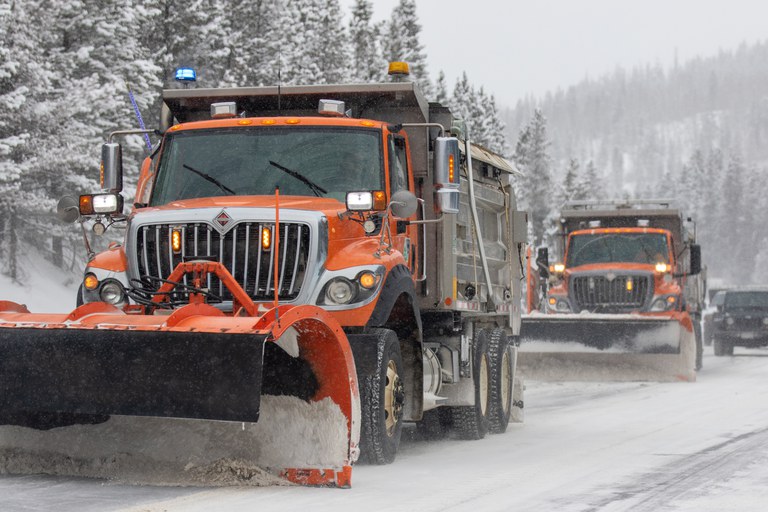
"Technology is the main route to optimal highway excellence. CDOT is highly advanced, and it will not slow down any time soon. This state should be very proud of what we’ve been able to achieve on a limited budget." ~ Bob Fifer, CDOT deputy director of operations
Fiber is necessary for future roadway technologies.
Without sufficient fiber capacity, technology to evolve smart road systems that will communicate with autonomous vehicles, sense potholes before they happen, and detect wildlife on the roadway wouldn’t be possible.
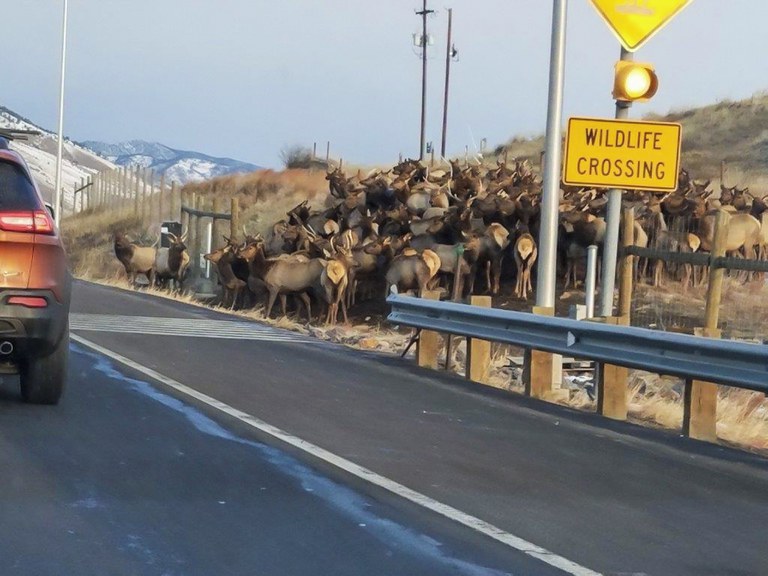
Tech doesn’t work without people.
It's important to remember that while technology plays a crucial role in CDOT's operations, it's not meant to replace the human element. The fiber optic network is a tool, a powerful one, but it's still just that – a tool. The real magic happens when this technology is put in the hands of the passionate people who make up CDOT's workforce. From the engineers who design and maintain the network to the dispatchers who use it to keep traffic flowing, to the snowplow drivers who rely on its data to keep our roads safe, it's the dedication and skill of these individuals that truly makes the difference. The fiber optic network may be the golden thread, but it's the people of CDOT who weave it into a smarter, safer transportation system for all.
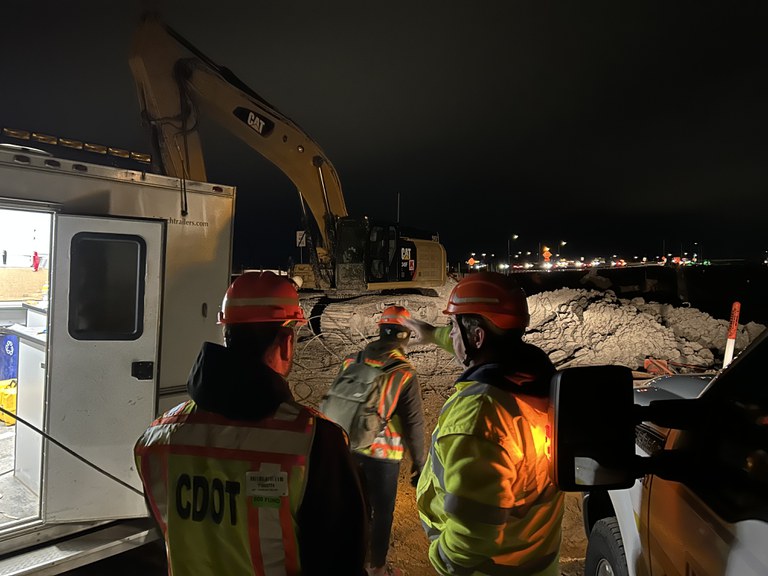
For those sharing this passion, CDOT always needs more talented maintainers to help shape the future of Colorado’s roads. Explore careers with CDOT on our Jobs Portal.
